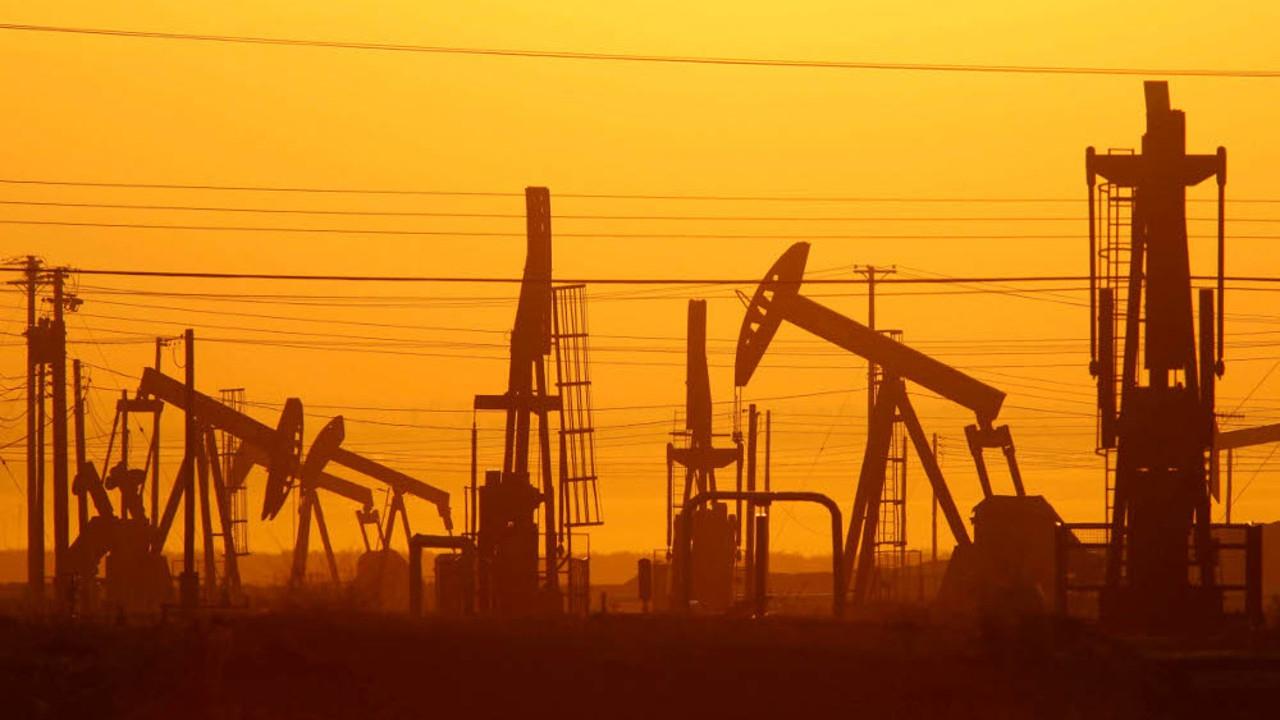BHP sends a clear signal on its Samarco exposure

Actually, the provision, which reflects the agreement BHP (BHP) and its Brazilian partner Vale reached with Brazilian authorities in March to fund a 15-year reparation and compensation program, is BHP’s view of the outer limits of its obligations.
Brazilian federal prosecutors have ignored the deal struck with the Brazilian federal government and two state authorities — which would have seen Samarco pay about $US2.3bn over the next six years and probably gradually falling amounts beyond that — and filed a civil suit claiming $US58bn.
With Samarco’s $US3.8bn of debt non-recourse, BHP having already completely written its $US525 million of Samarco equity off within the $US1.2bn of Samarco-related losses in its December half result and the group having no other material assets in Brazil, the outcome of the federal prosecutors’ claims is almost irrelevant for BHP, if not for Vale with its massive Brazilian asset base.
The provision announced today equates to BHP’s half-share of the funding for the framework agreement and was necessitated because, whereas at the start of the year BHP and Vale were optimistic that Samarco could resume operations and start generating cash towards the end of this year, there is now considerable uncertainty about if and when the mine might start producing again.
BHP referred today to the “ongoing uncertainty surrounding the nature and timing of a potential restart” as the reason for the provision.
When the tailings dam collapsed, Samarco had about $US700m of cash and an early resumption of operations might have enabled it, given that it was generating profits of more than $US700m before the disaster, to self-fund the framework agreement.
That’s obviously no longer the case and BHP’s provisioning reflects the reality that it will probably have to directly co-fund the reparations and compensation program. The provision will be an exceptional item in its 2015-16 results, along with direct costs of about $US100m.
It will also provide $US134m of immediate support for the Samarco foundations (drawn against the provision) and a $US116m short-term facility to Samarco to ensure it can continue remediation work and ensure the dams are stable ahead of Brazil’s wet season, which looms towards the end of the year.
BHP said the facility would preserve the value of its investment and it will continue to monitor developments. The safe restart of operations remained a priority, along with the restructure of Samarco’s debt.
That latter statement is significant. With $US3.8bn of debt ($US1.6bn of bank debt and $US2.2bn of US dollar-denominated bonds), no cash flow and the costs to date of the disaster, the $US700m of cash that Samarco held before the dams collapsed must be almost exhausted.
With no firm timeline for restarting production (the best external guess is that Samarco might be back in operation sometime towards the end of next year), it is likely that Samarco will default on its debts. The non-recourse nature of the obligations means that Vale and BHP have some leverage to negotiate a restructuring of Samarco’s obligations.
Ratings agency Fitch downgraded Samarco’s debt to ‘C’ earlier this year and warned of “exceptionally high levels of credit risk” because of the uncertainty and delays around the timing of any restarting of operations at the mine. It said creditors should expect Samarco to approach them with proposals for restructuring the debt.
More positively, however, it said that if Samarco could resume production at even half its pre-disaster levels, there would be “above average” recovery prospects if it did default on some or all of its debts. In the event that the mine never restarted, creditors would probably get back less than 10 cents in the dollar.
It is almost inevitable that at some point Samarco will again be operational.
It is in the interests of the 6,000 or so employees and contractors and the state and federal governments to get it back into production as quickly as is safely practicable.
Fully operational, Samarco is capable of generating the cash flows to both service its debt and its obligations under the framework agreement, which BHP continues to believe will be more than adequate to ensure that Samarco’s obligations to deliver the programs it envisages to the affected communities are met.
Thus, it is in the interests of the lenders to make some concessions that defer interest and principal repayments until the mine is operating and generating cash again. Certainly, the alternative (if BHP and Vale aren’t prepared to fund the interest and principal directly) would be a near total wipe-out for the lenders.
It was instructive that BHP, in saying it had made short-term funding available to Samarco, made it clear that it was for very specific purposes — remediation and stabilisation and operational support — and would only be released as required and on achievement of key milestones.
The reference to the restructuring of Samarco’s debt in today’s statement appears to send a deliberate and clear signal to all concerned that, having now taken about $US2.5bn off balance sheets from the disaster, BHP has ruled something resembling a line under its Samarco exposures and their funding.
BHP, while it has now provided for its share of the funding of the framework agreement, doesn’t want anyone (lenders, Brazilian authorities or its own shareholders and creditors) to think that it is standing behind Samarco beyond that point with a wallet full of blank cheques.



The Samarco dam disaster continues to generate floods of red ink for BHP Billiton’s accounts, with the group today trying to define the outer limits of its exposure by creating a $US1.1 billion to $US1.3bn provision for its share of the Brazilian iron ore business’ obligations.